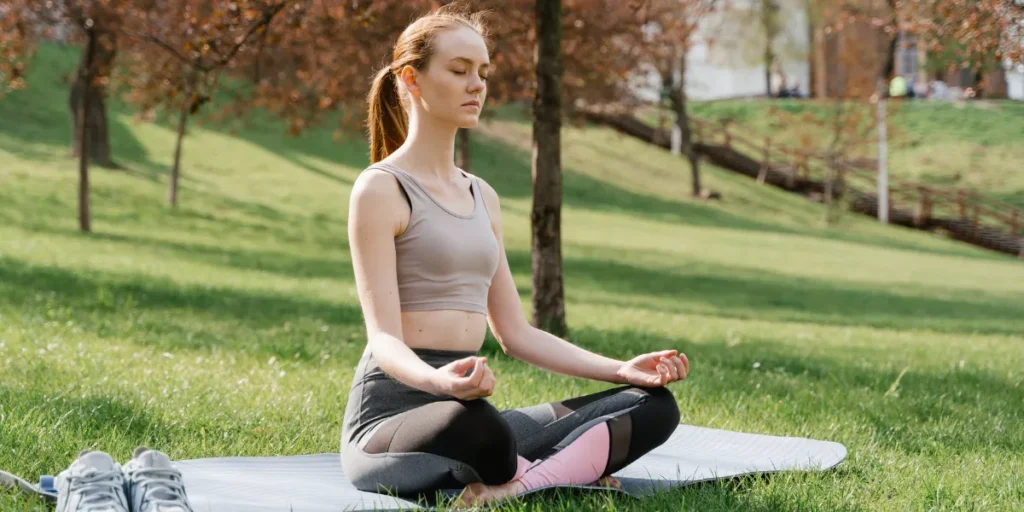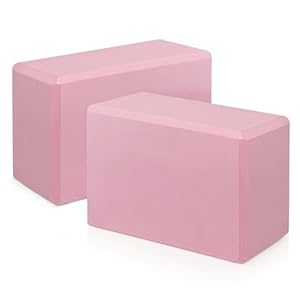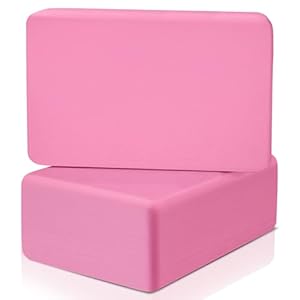
To embark on a new yoga routine as a beginner, start by understanding the importance of foundational steps. Embrace the simplicity of essential equipment and basic poses to lay a solid groundwork for your practice. But remember, this is just the beginning. As you progress, there are nuances and strategies that can elevate your experience and deepen your connection to yoga. So, where do you go from here? Stay tuned to uncover the next steps in your journey towards a fulfilling yoga practice.
Benefits of Starting a Yoga Routine
If you’re considering starting a yoga routine, you’ll be delighted to discover the numerous benefits it can bring to your physical and mental well-being. Yoga helps improve flexibility, strength, and posture. The various poses work different muscle groups, enhancing your overall body awareness. Additionally, practicing yoga can lead to better balance and coordination, which is beneficial in daily activities and reduces the risk of falls, especially as you age.
Beyond the physical benefits, yoga is renowned for its positive effects on mental health. Through focused breathing and mindfulness, yoga helps reduce stress and anxiety levels. It promotes relaxation, calmness, and an overall sense of well-being. Many practitioners find that yoga enhances their mood and boosts their mental clarity, providing a much-needed mental break from the hustle and bustle of daily life.
Incorporating a yoga routine into your lifestyle can truly transform your well-being, both physically and mentally. The holistic approach of yoga makes it a valuable practice for anyone looking to improve their overall health and quality of life.
Essential Yoga Equipment for Beginners
Considering starting a yoga routine for beginners? Let’s explore the key yoga equipment you’ll need to kickstart your practice.
First and foremost, a good quality yoga mat is essential. This will provide you with the necessary cushioning and grip for your hands and feet during various poses and movements. Look for a mat that’s non-slip to prevent any accidents and is comfortable enough for your practice.
Another important piece of equipment is a set of yoga blocks. These blocks can help with improving alignment, providing support, and making certain poses more accessible, especially for beginners who may not be as flexible.
A yoga strap is also beneficial for beginners as it can assist in reaching and holding poses that may be challenging due to limited flexibility. It can provide the extra length needed to achieve proper alignment without straining your muscles.
Lastly, comfortable clothing that allows for ease of movement is key. Choose breathable fabrics that stretch easily to ensure you can move freely during your practice. With these essential yoga equipment items, you’ll be well-prepared to begin your yoga journey as a beginner.
Simple Yoga Poses for Beginners
To begin your yoga journey as a beginner, start with some simple yoga poses that will help you ease into your practice smoothly.
Downward Facing Dog is a foundational pose that stretches your entire body while building strength. Start on your hands and knees, then lift your hips up and back, forming an inverted V shape with your body.
Child’s Pose is a resting pose that helps you relax and stretch your back. Kneel on the floor, then sit back on your heels while reaching your arms forward.
Mountain Pose is a standing posture that focuses on alignment and grounding. Stand tall with your feet hip-width apart, arms relaxed by your sides.
Warrior I is a pose that strengthens your legs and opens your hips. Step one foot back, keeping it at a 45-degree angle, while bending your front knee and raising your arms overhead.
These simple poses are perfect for beginners to start their yoga practice with ease.
Tips for Establishing a Consistent Practice
Establishing a consistent yoga practice requires dedication and a structured routine to help you progress steadily in your journey. To start, set specific goals for your practice, whether it’s committing to a certain number of days per week or aiming to master a challenging pose. Consistency is key, so try to practice at the same time each day to create a habit. Find a quiet, comfortable space where you can focus without distractions. Incorporating mindfulness techniques like deep breathing can also help you stay present during your practice.
Another tip is to vary your routine to keep things interesting. Explore different styles of yoga and try new poses to prevent boredom and plateauing. Remember that progress takes time, so be patient with yourself and celebrate small victories along the way. Consider tracking your practice in a journal to stay motivated and monitor your improvement. Lastly, don’t be too hard on yourself if you miss a day – simply get back on your mat the next day and continue your journey towards a consistent yoga practice.
Common Mistakes to Avoid in Yoga Practice
Avoid rushing through poses to prevent potential injuries and ensure proper alignment in your yoga practice. One common mistake beginners make is trying to match the pace of more experienced practitioners. Remember that yoga is a personal journey, and it’s crucial to move at your own speed, focusing on the quality of each pose rather than quantity.
Another error to steer clear of is neglecting your breath. Your breath is a fundamental component of yoga practice, guiding your movements and helping you stay present. Holding your breath or breathing shallowly can hinder your progress and lead to discomfort.
Additionally, pushing yourself too hard beyond your limits can result in strains or injuries. Listen to your body, honor its boundaries, and gradually progress at a pace that feels right for you.
Lastly, avoid comparing yourself to others in the class. Yoga is about self-improvement and self-awareness, so concentrate on your own growth without being distracted by external benchmarks. By being mindful of these common mistakes, you can enhance your yoga practice and reap its full benefits.
Yoga














